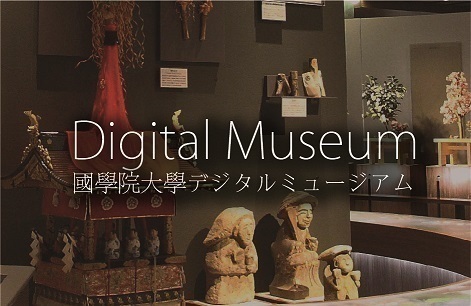- トップ
- Encyclopedia of Shinto
- Matsu-no-o Matsuri
Encyclopedia of Shinto
| Main Menu: | |
| Links: |
詳細表示 (Complete Article)
| カテゴリー1: | 5. Rites and Festivals |
|---|---|
| カテゴリー2: | Individual Shrine Observances |
| Title | Matsu-no-o Matsuri |
| Text | A portable shrine procession (shinkō) festival held from the last day of the rabbit in the fourth month to the first day of the bird in the fifth of the old lunar calendar at Matsu-no-o Shrine in Nishikyō Ward, Kyoto City, Kyoto Prefecture. Nowadays, the festival begins the fourth Sunday in April when six shin'yo (portable shrines) leave Matsu-no-o Shrine and break off to head for three separate otabisho (temporary resting place). They return to their home shrines 21 days later in mid-May. The kami are deeply esteemed by sake brewers around the country as the divinities of sake making. The festival begins when the shin'yo from six (Matsu-no-o, Shinodaijin, Koromode, Sannomiya, Munakata, and Ichiitani) of the seven Matsu-no-o shrines join the karahitsu (six-legged chest of Chinese design) from the seventh shrine (Tsukuyomi) to form a procession led by a mask made of sakaki that makes its way around the neighborhood. The procession then crosses the Katsura River by boat for a ceremony held at the Kawara festival grounds, where presentations of food offerings (shinsen) known as Kawara no shinsen are made. The four shin'yo from Matsu-no-o, Shinodaijin, Munakata, and Ichiitani then go to the Nishi-shichijō Avenue otabisho; the shin'yo from Koromode goes to the Koromode Shrine otabisho in Nishikyōgoku; and that from Sannomiya is kept at the Sannomiya Shrine otabisho at Senshō Temple, also in Nishikyōgoku. This procession is called "Oide" ("come," or alternatively, "arrive"). The shin'yo rest at the respective otabisho until the festival of their return on May 14. In the past, a portable shrinemade of unvarnished wood would be thrown into the Katsura River and then carried around on the following day. Hanging pieces of this portable shrine from outhouses overhanging the river (kawaya) was said to prevent disease. One week after the procession comes the "seventh day opening" (nanoka hiraki), marked by the offering of a Nō drama performance at the Nishi-shichijō otabisho. The return procession festival begins when the six shin'yo gather and set out from the Nishi-shichijō otabisho. At the Karahashi Asahi-no-mori (currently part of a park) where the main hall (kondō) of the defunct temple Saiji once stood, members of the Karahashi district miyaza (specially empowered parishoners who oversee festivals) and akai-za (parishoners in charge of food offerings) fasten hollyhock and vine flowers (aoi-kazura) to their hair and make food offerings of roasted white rice crackers and cod. An offering of chimaki (mochi rice wrapped in leaves) is also made in the nearby Nishinoshō neighborhood. The procession returns to Matsu-no-o Shrine by way of the Suzaku otabisho. The event is also called the Hollyhock Festival (Aoi matsuri, not to be confused with a larger Kyoto festival of the same name held around the same time) because the main shrine hall is decorated with hollyhock vines and the priests (shinshoku) and their underlings fasten hollyhocks to their headgear. — Mogi Sakae |




